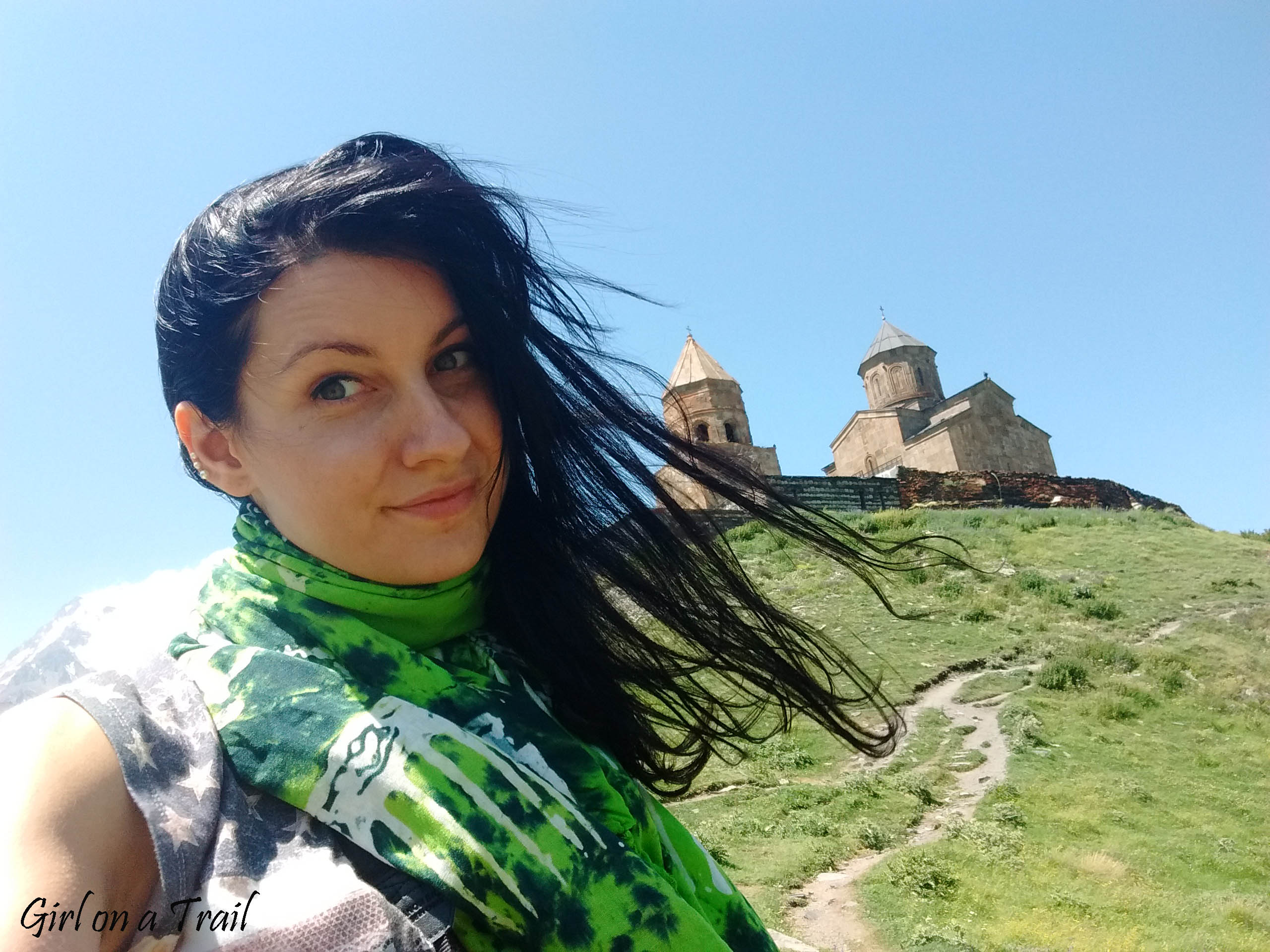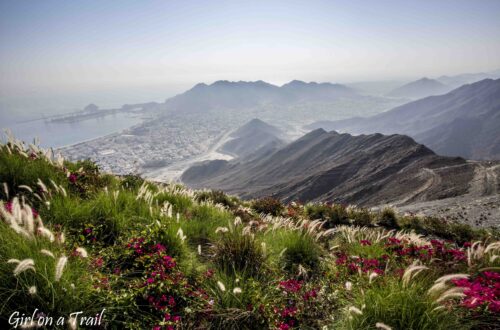
Sheikh Zayed Grand Mosque – UAE
Sheikh Zayed Grand Mosque is the largest mosque in the UAE and the third largest in the world. It can accommodate up to 40,000 worshippers, and the entire complex covers the area of 22,412 m². The mosque was inspired by Sheikh Zayed bin Sultan Al Nahyan, the UAE’s first president, who envisioned it as an open space for people of all faiths. In line with the Sheikh’s vision, the mosque symbolizes the Islamic message of peace and tolerance and reflects the Emirates’ culture of dialogue and openness. He also intended the building to unite all religions and connect the past with the present.

Construction began in 1996, and Sheikh Zayed’s vision started taking shape even during the building process. Engineers and artists from India, Germany, Egypt, Turkey, the UK, China, and Pakistan collaborated on the project, which was completed in 2007 at a cost of nearly $550 million. While the mosque is undeniably luxurious, it avoids any sense of kitsch. Unfortunately, Sheikh Zayed didn’t see the inauguration of his masterpiece, as he passed away in 2004.

The mosque made an incredible impression on me right from the start of my visit. Driving on the highway, I didn’t need GPS, as the mosque was visible from afar. Its immense scale became even more evident as I drove around it searching for Gate 6, the entrance designated for tourists.

Admission to the mosque is free. However, you must register your visit, which can be done online at this link or on-site at registration counters near the entrance. Note that printed confirmations are unavailable, so it’s essential to take a photo of the screen with the QR code for verification.
The visit begins at the Visitor Centre, which, surprisingly, resembles a shopping mall—an unexpected addition to a place of worship. Here, you’ll find numerous cafes, restaurants, and souvenir shops. If you didn’t bring modest clothing, traditional abayas are also available for purchase. Predictably, the entrance to the mosque is located at the very end of the mall. It feels a bit like an airport. There’s just one thing different security checks and QR code scans are after passing through all the shops. If you’re carrying food, drinks, or cigarettes, you’ll need to leave them at the deposit counter.
Security checks also include attire inspections. If you’re not dressed modestly, you can change the clothes in the nearby changing rooms. After security, a 10-minute walk through a long corridor leads to the mosque. The corridor feels even more like an airport with its moving walkways to speed up the walk.
The first stop is the fountains and the mosque’s gate, framed by four 107-meter-tall minarets. The reflection of the structure in the water enhances its grandeur.

Just beyond the gate lies a vast courtyard, the central area of which is inaccessible to tourists. The sheer scale of the courtyard is breathtaking. The mosque’s walls and floors are made of 100,000 tons of white marble from Macedonia. This marble was chosen by Sheikh Zayed to symbolize purity and peace. The courtyard’s mosaic decoration is reportedly one of the largest in the world, which is not surprising given its 17,000 m² size. The courtyard is surrounded by arcades that lead to the main prayer hall.


The columns forming the arcades are made of white marble and decorated with semi-precious stones from various parts of the world. The golden elements at the top give an amazing effect of perspective, the colonnade seems to have no end.

The tour begins in the East Hall, decorated with floral motifs popular in the Middle East.

The interior of the mosque is decorated with millions of semi-precious stones such as turquoise, onyx, agate and amethyst. The windows are decorated with colorful stained glass, and the 82 domes are decorated with intricate ornaments and golden inscriptions with fragments of the Koran.

The central dome with a diameter of 32.6 meters and a height of 84 meters is located above the main prayer hall and is considered one of the largest in the world.

The main prayer hall is home to the world’s largest hand-woven carpet, listed in the Guinness Book. It measures 5,400 m² and weighs 35 tons. It was crafted by an Iranian company, with 1,200 artisans working on it for two years. Transporting the carpet by plane wasn’t possible, so it was divided into two sections and later sewn together on-site.

The interior is illuminated by seven chandeliers decorated with Swarovski crystals. The largest of them is 10 meters in diameter and 15.5 meters high and weighs 12 tons. It is said to be the third largest chandelier in the world.

The mosque has 11 flower-shaped clocks decorated with pearls. The digital screen inside the clock shows dates according to the Gregorian and Islamic calendar, known as the hijra.

Overall, the mosque is a stunning testament to Sheikh Zayed’s boundless imagination.
Visiting Hours
The mosque is open daily from 9:00 AM to 10:00 PM, except on Fridays, when entry is allowed from 9:00 AM to 12:00 PM and from 3:00 PM to 10:00 PM. It’s recommended to check the visiting hours on the official website before the visit, as they may vary during Ramadan. Visiting after sunset is especially worthwhile, as the specially designed lighting mimics the phases of the moon. Reportedly, the mosque is visible from up to 3 kilometres away and looks magical at night.

Visiting Rules and Dress Code
Strict dress code is enforced. Women must be covered from head to toe. Bare ankles, shoulders, deep necklines, transparent or tight clothing, and uncovered hair are not permitted. Many women purchase traditional abayas for the visit. It’s better to buy one in an Abu Dhabi market, as prices on-site are much higher. For my visit, I wore long, loose linen trousers and a collared, long-sleeved shirt. It’s essential for clothing to be light, as temperatures in the Emirates can be extreme.

Men must also avoid exposing their legs, and their clothing should be loose. Sunglasses are advisable, as sunlight reflecting off the white walls and marble floors can be blinding. Shoes don’t need to be removed, as a designated path allows visitors to see the interior without entering the prayer area. The mosque has specific etiquette monitored by guards. Eating, drinking, displaying affection, or showing symbols or emblems are prohibited. Detailed regulations are available here.
Photography is allowed only at designated spots. There are plenty of them so selfie enthusiasts won’t be disappointed.

Getting There
Reaching the mosque by car is easy. Parking is free and located near the glass domes visible from the entrance. Public transport options can be checked via Google Maps or the Darbi App. Tickets can’t be purchased on buses. A Hafilat card, which costs 5 AED plus recharge credit, is required for public transport. It can be bought in tickets machines. Taxi or Uber is also an option.





